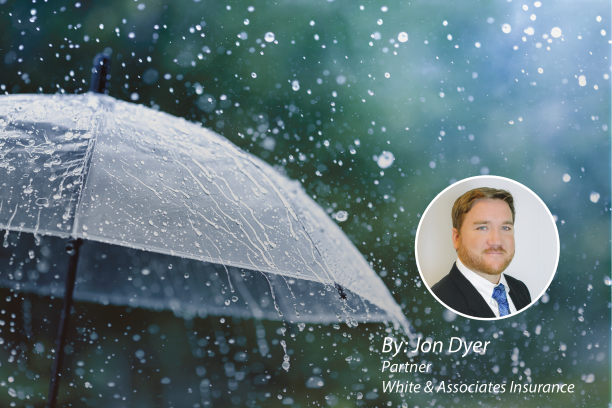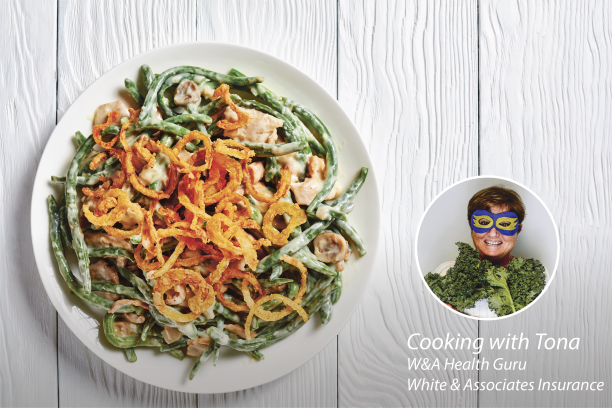I am a positive thinker by default. My brain would naturally like to ignore the “what-ifs” when it comes to the safety and well-being of my family. But, thankfully, the insurance side of my brain always kicks in to remind me of all the reasons why we prepare for the “what-ifs”.
Below are three examples of insurance claims where the insured needed a personal umbrella policy to pick up where their homeowners or personal auto policy coverage limits fell short. An umbrella policy can do just that – pick up where your coverage limit ends on your home or auto policy for claims where you are legally liable. That is important because in the event you are sued, you could be forced to pay a legal judgment from your current assets and future earnings.
Umbrella prices vary by risk, but generally someone with one house and two cars can expect to pay around $300 a year for $1 million in umbrella coverage. I get that it can seem too good to be true to pay $300 and get $1 million, but umbrella policies are affordable because they are triggered only when you have exhausted your already existing liability coverage under your home or auto policy. Most insurance carriers require you to have higher liability limits on your car and home to qualify for an umbrella policy to begin with.
In each of the claims below, the insured’s primary insurance policy limits were exhausted, and their personal umbrella policy picked up the remaining claim balance. Without the umbrella, the insured would have been personally responsible to make up the difference.
Claim #1:
The insured engaged a contractor to replace and install a new dock for the lake behind his house. After beginning the work, the contractor pointed out to the insured that a tree needed to be removed to get the old dock out of the water. The insured had a backhoe and proceeded to knock the tree down, allowing for the dock to be placed on the ground out of the water.
As they were leaving the lake, the contractor pointed out another tree that was dead and should be knocked down. The insured told the contractor that he was too close to the landing area and had him move further away to a safer area. While knocking down that tree, a limb hit the contractor on the head and neck. The underlying home insurance coverage limits were paid out, but there was still a balance of $800,000 for this claim. The personal umbrella ultimately paid the $800,000.
Claim #2:
The insured’s 26-year-old daughter was driving the insured vehicle when she pulled away from a stop sign, striking the claimant’s vehicle. The claimant had no stop sign at the intersection.
The insured’s daughter was cited for failure to yield. Plaintiff (age 17) sustained multiple fractures to her jaw, scarring to the forehead, a severed left ear and a dental injury. She spent seven days in the hospital, where records also confirm memory loss and a combative disposition.
Underlying auto limits of $250,000 / $500,000 were in place and the insured’s daughter was listed specifically on the personal umbrella policy application as a driver. The umbrella ultimately paid $500,000 under the policy.
Claim #3
The 76-year-old insured pulled forward out of her driveway, making a left turn into the path of a motorcycle, which was coming out of a curve. The operator of the motorcycle applied his brakes and “laid it down,” but struck the quarter panel of the insured’s vehicle.
The insured was cited for traffic violations. The motorcycle passenger (wife of the motorcycle operator), died at the scene. She is survived by her husband, four children (ages 7 to 15), her parents, grandparents and several siblings. The motorcycle operator suffered a fractured finger and abrasions and had a valid “bystander’s claim” under state law.
The personal umbrella policy contributed $640,000, above the primary policies.
If you have questions about what a personal umbrella policy covers and the specific cost for you, we are always here to guide you.
Jon Dyer, Partner
The Wimberley Agency
*These claims are based on real events and provided by RLI Insurance Company. The numbers in this posted are based on a sliding scale and can vary. Similar events and claims may vary greatly in settlement costs.

